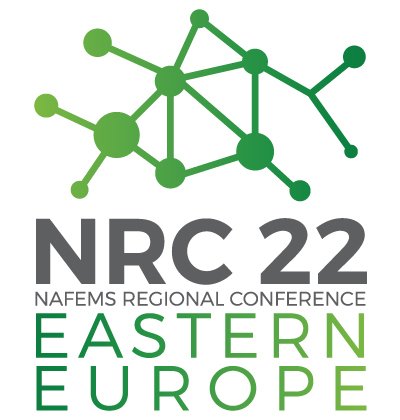NRC22 Eastern Europe
Fatigue Design of Additive Layer Manufacturing Materials

Yves Nadot and Carole Nadot-Martin
Institut Prime, ISAE-ENSMA, Université de Poitiers
Abstract
Additive layer manufacturing (AM) has been rapidly evolving over the last decade, and more and more industrial application examples are to be seen in the aerospace sector. This can be attributed to the compatibility of this technology of the characteristic objectives from this sector; namely small production values with flexible delivery schedule and lightweighting. The critical technical challenge being the certification of structural performance and reliability, fatigue research is at the forefront of engineering development.
In the keynote lecture a summary of the AM specific fatigue process is presented, where the role of surface and subsurface defects is highlighted, since they have a dominant impact by controlling the fatigue properties.
A modelling strategy is proposed to evaluate the influence of defect morphology on the fatigue limit of additively manufactured Al alloys by;
- (a, b, c) obtaining a 3D image of defect population from X-ray micro-computed tomography (µ-CT) or process simulation,
- (d) computing the Equivalent Inertia Ellipse of each individual pore,
- (e) modelling the influence of the defect on the fatigue limit through the DSG approach and,
- (f) 3D mapping the criticality of each individual defect.
The Methodology is validated through fatigue tests conducted on AlSi10Mg alloy manufactured by selective laser melting.

Figure 1: Modelling strategy: (a) fatigue sample: fatigue limit and critical defect identified, (b) 3D µ-CT image of the gauge section, (c) each porosity is imaged and labeled, (d) the EIE is computed, (e) the DSG criterion is computed for each individual defect, (f) 3D rendering of the criticality of all defects
Biography
Yves Nadot is a Full Professor at the National School of Mechanics and Aerotechnics, located at Poitiers Futuroscope. He leads the research teams “Damage” and “Physics and Mechanics of Materials” and is an active contributor to the research on the defect induced fatigue process. He worked on industrial collaboration projects with the companies SAFRAN, Zodiac Aerospace, Renault, Airbus, Knorr-Bremse, SNCF, and RR.

